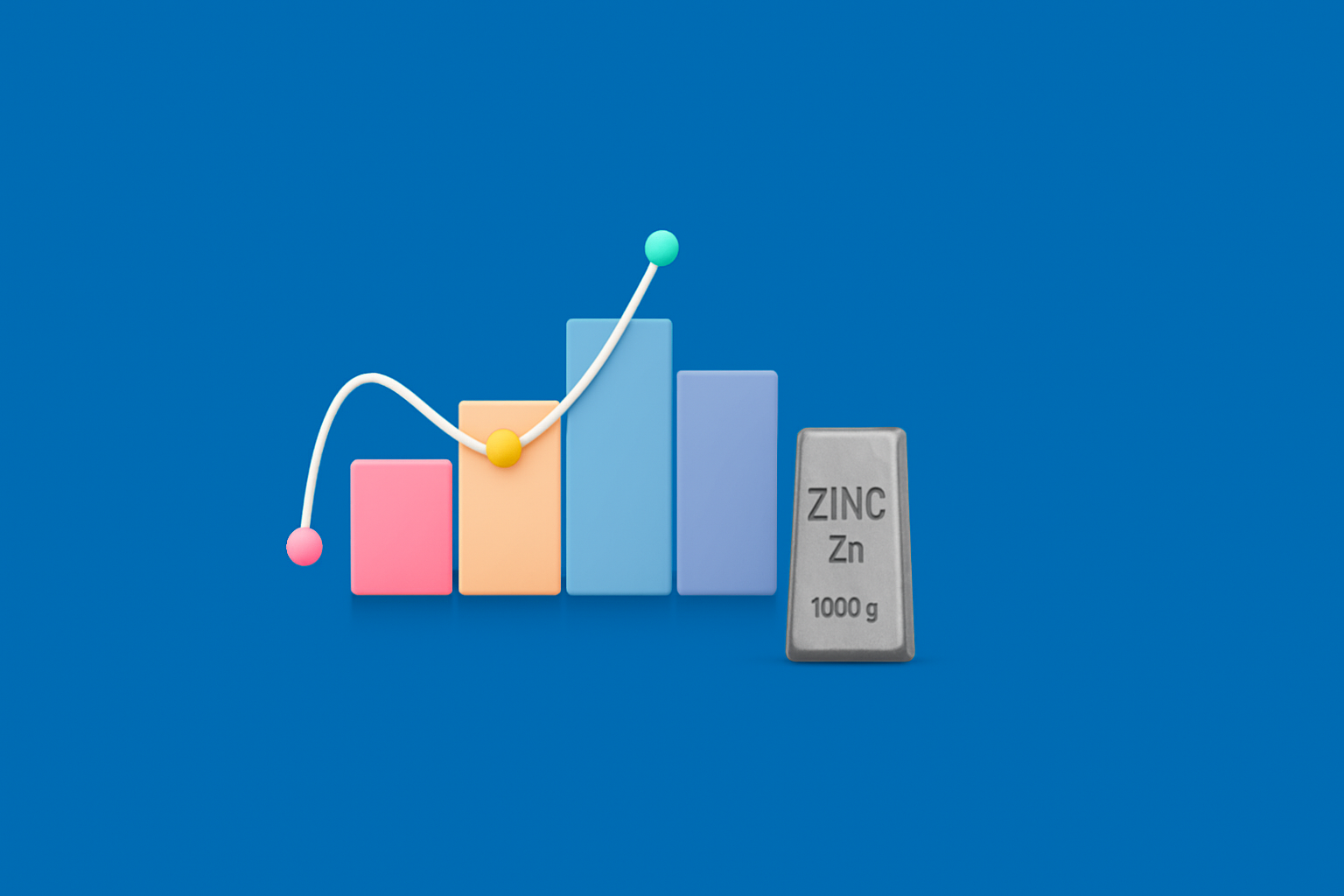Banking & PSU Debt Fund: Should You Invest in This?

- Published Date: January 06, 2021
- Updated Date: October 08, 2025
- By Team Choice
Debt funds have garnered a lot of attention over the past few months; mainly for two reasons: The crisis faced by Franklin Templeton Debt Funds and outperformance of some debt categories with no credit risk. One such debt fund category that has beat equity funds is Banking & PSU Debt Fund. So, in this blog, we will look at the details of the Banking & PSU Debt Fund, the reason for its performance, and the suitability of this category for investors.
What is Banking & PSU Debt Fund?
Mutual Funds regulator SEBI created the Banking & PSU Debt fund category in October 2017. According to the definition of SEBI,
Banking & PSU Debt fund must have a minimum 80% of investment in Debt instruments of Banks, Public Sector Undertakings and Public Financial institutions.
In December 2017, SEBI also added bonds of Municipal Corporation as an acceptable investment under this category. As you can see, SEBI has given a clear investment mandate that defines the investment universe of the Banking & PSU Debt Fund. However, there is no mention of credit rating or duration in this. Hence, the fund manager can take a call on these two aspects of the portfolio based on his/her view of the market.
Before, we get into the details of risk and return, let’s look at some of the funds from this category:
What is driving the performance of the Banking & PSU Debt Fund?
Over last year, when the debt markets were undergoing extreme volatility and credit crisis; the bonds issued by public sector companies and banks were preferred by the investors. Since bonds of public sector companies are backed by government and banks are regulated by RBI; the risk exposure to these funds was relatively lesser. Here’s how the AUM of Banking & PSU Debt Category’s AUM has increased over last one year:
Under usual circumstances, such funds give stable returns because the risk is low. But during the last year, a lot of investors started investing in this category; so the demand for these bonds went up leading to high returns. Another advantage of this category is high liquidity. The bonds issued by public sector companies and banks have very high liquidity and are frequently traded.
Amid the credit downgrades and defaults that happened over last year, having high liquidity helps the fund to meet the redemption requirements of investors without impacting the fund returns.
Should you invest in Banking & PSU Debt Fund?
This debt fund category is suitable for a conservative investor who wishes to generate returns that will beat Bank FD returns. In the current market scenario, with falling interest rates, the FD rates have also started dropping. Hence, in such a case, Banking & PSU debt fund can be a good addition to the portfolio. However, one important factor to note here is that you cannot invest with the expectation of past performance.
These funds do not have credit risk exposure but they are exposed to interest rate risk exposure. That means, if the repo rate and 10 year G sec yield goes up, the returns from these funds would go down. And vice versa. The way of understanding whether the interest rate exposure is high or low is looking at the Modified duration of the fund. If it matches with your investment horizon, then you can invest in the fund.
The past performance of these funds is due to extraordinary circumstances debt markets have seen. In the coming months, this performance will normalize. Considering the low-risk exposure of these funds, these are ideal for short term investment goals with a horizon of 2-3 years.
Recommended for you

How to Bid in An IPO?

FII DII Data - Live Data

Why ESG Matters for India’s Growth Story
